The U.S. dollar rose against most major currencies on Tuesday, continuing its upward trend that pushed it to its highest level in over two months. This movement was supported by expectations that the Federal Reserve will continue to gradually lower interest rates over the next 18 months.
Throughout most of the European and U.S. sessions, the dollar traded slightly lower, affected by reduced geopolitical concerns, which eased fears of disruptions to oil supplies in the Middle East. This calming effect contributed to lower oil prices and reduced inflation expectations, putting mild pressure on the dollar.
In terms of economic data, figures showed that the U.S. economy remains resilient, while inflation in September rose slightly more than expected, leading traders to reduce their expectations of significant interest rate cuts.
The Federal Reserve began its easing cycle with a strong 50-basis-point cut at its September meeting, but market expectations have shifted towards a slower pace of cuts, which has supported the dollar. According to LSEG calculations, markets currently estimate nearly a 100% probability of a 25-basis-point rate cut in November, with a very slim chance of no change.
In addition, the markets have priced in 47 basis points of cuts this year, with further cuts amounting to 100 basis points in 2025, much lower than the cuts expected before the September meeting.
The dollar index, which measures the U.S. currency against six major currencies, rose by 0.1% to 103.26, close to its Monday high of 103.36. This was partly due to comments from Federal Reserve Governor Chris Waller, who called for “more caution” regarding rate cuts.
The euro dropped to its lowest level since August 8, reaching $1.0882, ahead of the European Central Bank meeting scheduled for Thursday. The ECB seems poised to deliver back-to-back rate cuts, a scenario that appeared unlikely during its last meeting in September. Meanwhile, the euro fell by 0.2% to $1.0887.
As for the British pound, it saw a slight increase to $1.3068 following the release of UK labor market data, which showed that wages grew at the slowest pace in more than two years in the three months to August. This slowdown may allow the Bank of England to cut interest rates next month. Previous expectations that persistent inflation would keep the BoE on a gradual rate-cutting path compared to its peers, the Federal Reserve and the ECB, supported the pound’s performance this year. However, shifts in bets have led to a recent decline, with the pound down more than 2% against the dollar this month.
In Japan, the dollar fell by 0.4% against the yen to 149.25 yen, after rising to 149.98 on Monday, its highest level since August 1. So far this month, the dollar has gained 3.8% against the Japanese currency.







